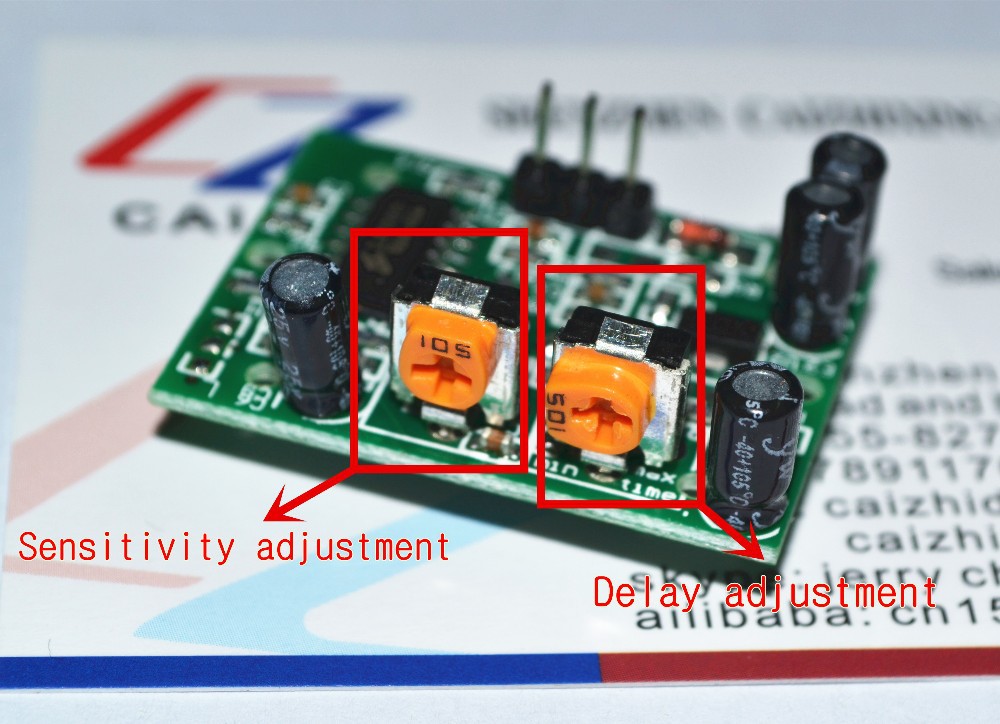

With this add-on, you can estimate the proximity or touch by reading the capacitance value measured in arbitrary units. This add-on library extends MATLAB Support Package for Arduino Hardware to read from capacitive sensors built with two Arduino pins, a resistor, and a piece of foil.

Frequency, electrical conductivity and temperature analysis of a low-cost capacitance soil moisture sensor.This add-on is supported for MATLAB R2016a - R2018b. Kizito, F., Campbell, C.S., Campbell, G.S., Cobos, D.R., Teare, B.L., Carter, B., & Hopmans, J.W. Some relevant tutorials and publications: This calibration procedure demonstrated that these low-cost capacitive-type soil moisture sensors are capable of predicting the water content in soils to a fairly high degree of accuracy, with little required outside of the device itself, which is in direct contrast to the time it takes to traditionally measure the water content in soils.

The method used here produced an error of about 6% for readings, indicating a fairly good approximation of the water content in the soil used in our case (coconut coir). The voltage was then linearly correlated to the gravimetric moisture approximations, to give an effective relationship between the reading from the capacitive sensor and the water content in the soil. This gives users the ability to approximate the water content in soil by measuring the weight against a dry sample of the soil - giving an instantaneous approximation of soil moisture content. By adding water to dry soil, the mass of the soil changes across the same volumetric sample. Using an Arduino board and digital scale, the real-time measurement of both the mass of the soil and the readings from the capacitive sensor were recorded. The theory, calibration, and operation of a capacitive-type soil moisture sensor was introduced here as a way to predict volumetric water content in soils in an efficient and easy manner. This will give about 7 days per soil calibration. The way to ensure the fastest experimentation is to lay the soil out very thinly on the wax paper.
Capacitive sensor.h in arduino for mac plus#
Thus, after the initial few days of drying the soil, plus 2 hours of experiments, along with a few days of drying the soil out - the full-scale experiment takes about 7 days. The experimental process can take roughly 10-minutes per measurement (packing, watering, settling), and with about 6-10 measurements per experiment - the actual work can be 1-2 hours. The above procedure can take up to 7 days, when factoring the drying procedure. When the soil is dry, measure the mass of this dry soil - this will be the mass of the dry soil used for soil density Once the procedure of watering has reached saturation, lay the 200ml of soil out on an array of wax paper to allow it to dry out until the soil is saturated and starts to seep water Mix the wet soil around to ensure the water is evenly distributed, then refill the container to 200ml Wet the soil with 10ml of water (this is 5%, but any higher % is okay) Measure mass of the dry soil in the container Measure the mass of the soil sample containerįill container to 200ml (or any volume) with dry soil In this experiment, an Arduino board will be used to read the analog signal from the capacitive sensor, which will output voltage values which can be calibrated to volumetric soil moisture content via gravimetric methods (using volume and weight of dry and wet soil). Luckily, the accuracy of measurement devices has been increasing while the cost of the sensors have been decreasing.

With water occupying up to 60% of certain soils by volume, depending on the specific porosity of the soil, calibration must be carried out in every environment to ensure accurate prediction of water content. Accurate measurement of soil water content is essential for applications in agronomy and botany - where the under- and over-watering of soil can result in ineffective or wasted resources. Capacitive soil moisture sensors exploit the dielectric contrast between water and soil, where dry soils have a relative permittivity between 2-6 and water has a value of roughly 80. The technique explored here uses a gravimetric technique to calibrate a capacitive-type electromagnetic soil moisture sensor. Soil moisture can be measured using a variety of different techniques: gravimetric, nuclear, electromagnetic, tensiometric, hygrometric, among others.


 0 kommentar(er)
0 kommentar(er)
